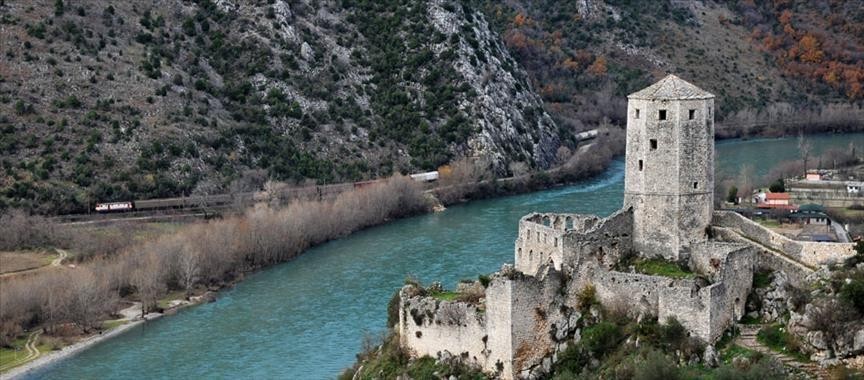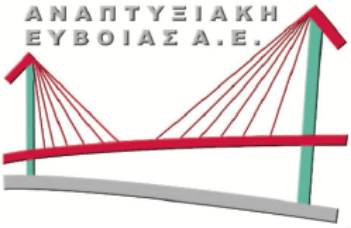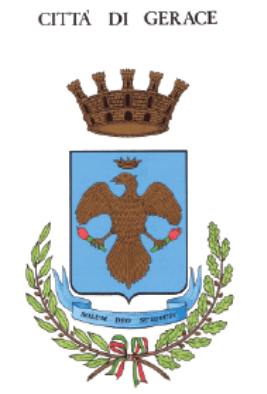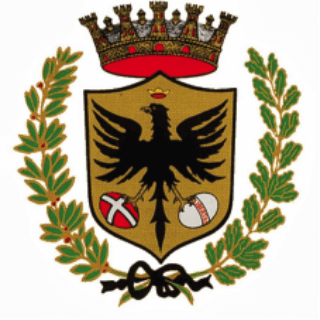
According to assumptions, the old town of Počitelj was built by the Bosnian king Stjepan Tvrtko I at the end of the 14th century. The town was morphologically adapted to the terrain on a rocky cliff above the bank of the river Neretva. In written sources, it is first mentioned in 1444, in the charters of King Alfonso V and Frederick III. In the period from 1463 to 1471, a Hungarian installation was located in Počitelj. In 1471, after a brief siege, the city became part of the Ottoman Empire, of which it would remain until 1878. In the period 1782- 1879 it was the seat of the Cadillac, and in the period 1713-1835. the seat of the Počitelj captaincy. After the establishment of Austro-Hungarian rule in BiH in 1878, Počitelj lost its strategic importance and suddenly collapsed.
Chronologically, the architecture belongs to the period from the late Middle Ages to the Ottoman rule. Among the buildings of the urban-rural ensemble we recognize the tower with ramparts and bastions, han, hamam, clock tower, medieval fortress, Šišman Ibrahim Paša mosque and madrasa, Gavrankapenović and Kapetanović houses and other residential buildings belonging to different periods until the end of the 19th century. Based on the spatial concept of the oldest parts of the fort, it can be assumed that there is a small settlement at the foot of the fort that was formed before or in parallel with the fortification of the city.





